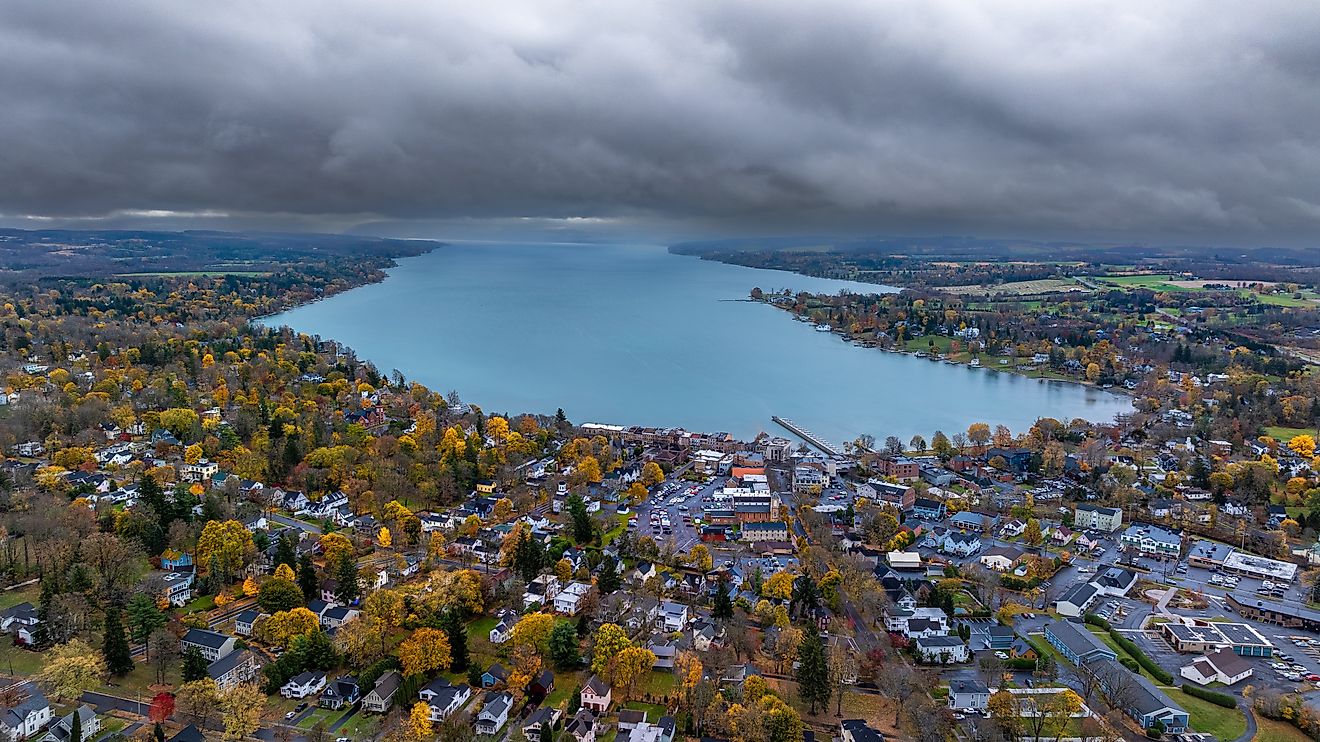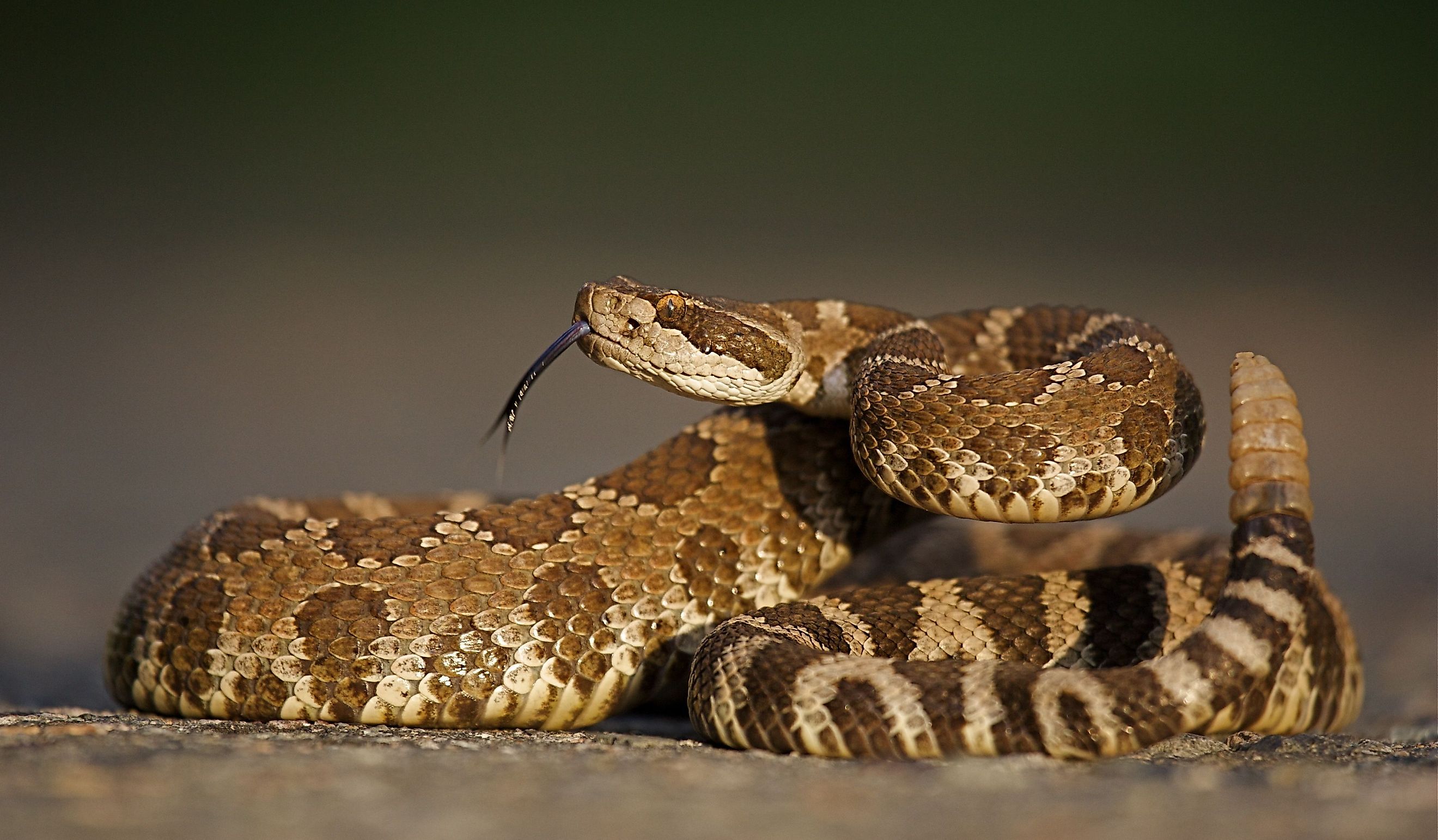
5 Most Rattlesnake Infested Areas in Oregon
No other reptile best symbolizes the rugged, untamed spirit of Oregon than the western rattlesnake (Crotalus viridis), the only indigenous species in the region. Two subspecies also make an appearance in the state based on the geographic area in which they are found: the Northern Pacific rattlesnake (Crotalus oreganus oreganus ) and the Great Basin rattlesnake (Crotalus oreganus lutosus). Found in the rocky deserts of eastern Oregon to the sunny slopes of the Columbia Plateau, the dramatic canyons, and the area known as the Great Basin Desert, western rattlesnakes thrive in some of Oregon’s most challenging terrains and play a vital role in the balance of its ecosystems. Let’s travel to the heart of five of the most rattlesnake-infested areas in Oregon, exploring the stunning landscapes they inhabit.
Wallowa-Whitman National Forest
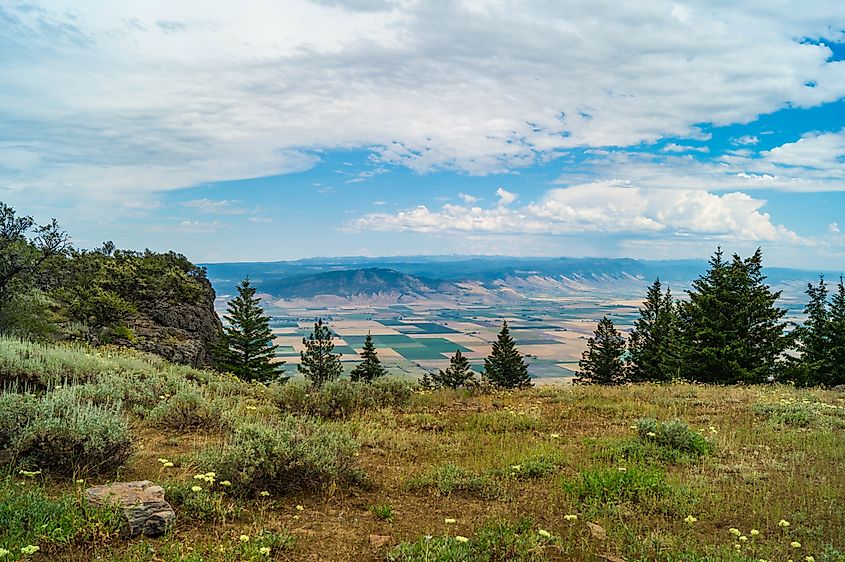
In a state with 12 national forests, outdoor enthusiasts can expect to encounter a rattlesnake or two along the trails, and the Wallowa-Whitman National Forest is no exception. It is the largest national forest in northeastern Oregon. It contains 2.3 million acres ranging in elevation from 875 feet in Hells Canyon National Recreation Center to over 9,000 feet in the Eagle Cap Wilderness, where hikers can explore over 500 miles of trails. The forest expands into neighboring states of Idaho and Washington.
The greenish-brown Northern Pacific rattlesnake can be found in the national forest's sun-drenched pine and juniper woodlands. Still, these venomous pit vipers do not generally live above 6,000 feet in the majestic Wallowa Mountains (known as the “Alps of Oregon”).
Smith Rock State Park
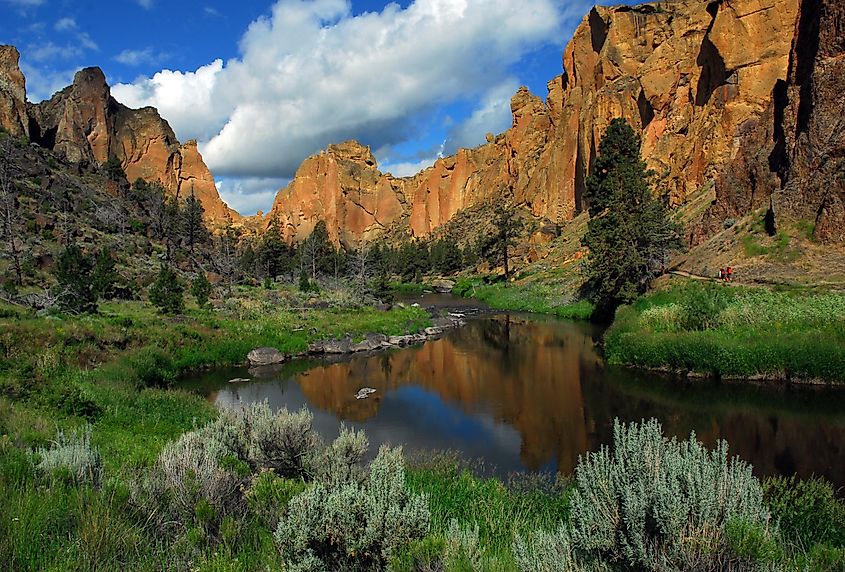
In Central Oregon’s high desert, Smith Rock State Park was created by the eruption of nearby volcanos, which hardened into rock around 30 million years ago. The park is over 650 acres and ranges in elevation from about 2,800 feet at the Crooked River gorge to 3,200 feet. It is a rock climber’s paradise. Known as the “Birthplace of U.S. Sport Climbing” in 1986, there are several thousand climbs to choose from in the park, with some of the most iconic climbs in the world, such as Chain Reaction and Monkey Face, a 350-foot challenging spire.
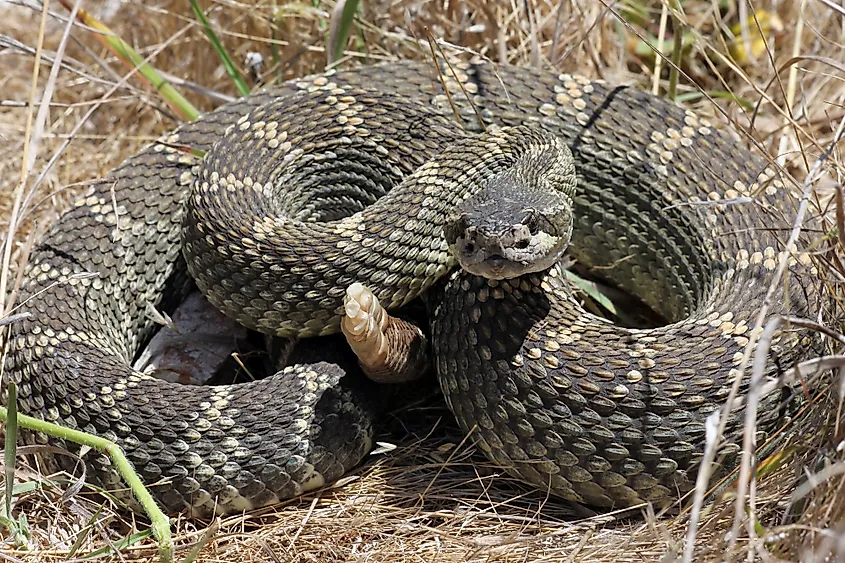
The park is home to diverse wildlife, including birds of prey like golden and bald eagles, peregrine falcons, and great horned owls. Coyotes, bobcats, and mule deer are also found there. While western rattlesnakes tend to avoid human contact, they hide in the cracks and crevices of the park’s cliffs. In September 2024, a climber was bitten in the park and flown by a Life Flight helicopter to Bend for treatment with life-saving antivenom.
Great Basin

The sub-species of the Western rattlesnake known as the Great Basin rattlesnake is named for the dry, barren, and sagebrush-covered area it inhabits. A vast, arid region in the western United States, the 200,000 square-mile Great Basin is the largest watershed in North America. It encompasses the southeastern region of Oregon and almost the entire state of Nevada, western portions of Utah, including the Great Salt Lake, the eastern Sierra Nevada slopes in California, and parts of Idaho and Wyoming.
In Oregon, Great Basin rattlesnakes can be found almost exclusively in the arid plain and desert landscapes of the Great Basin Desert and Columbia Plateau in the southeastern region, usually on south-facing rocky outcroppings with deep crevices. They can be identified by their blunt, rattle-tipped tail and tan to yellow-colored, stocky bodies that average 30 to 36 inches in length.
Deschutes River State Recreation Area
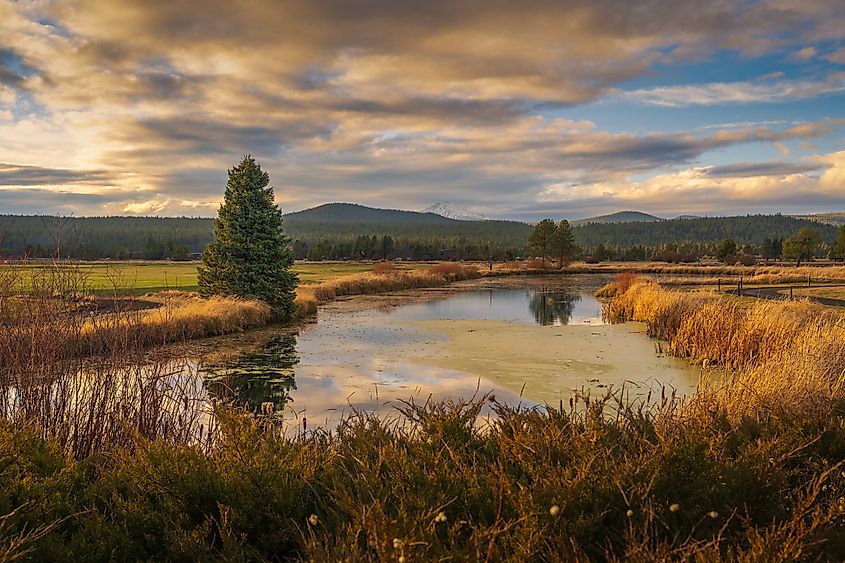
The Deschutes River State Recreation Area is a popular destination for hiking, mountain biking, whitewater rafting, and world-class fishing for steelhead and trout. The Deschutes River begins in the Cascade Mountains and travels 252 miles to the Columbia. Part of it is designated a National Wild and Scenic River for its stunning scenery, recreational opportunities, and ecological significance. The lower part of the river has three whitewater rapids: Washout, Rattlesnake, and Moody.
In June 2023, a man on a 4-day whitewater rafting trip down the Deschutes River was bitten by a rattlesnake when climbing out of his watercraft. He was taken to a local hospital before being transferred to Bend. While the data on rattlesnake bites is limited, doctors recommend that first aid respondents immobilize the bite area, look for swelling, bleeding, or bruising, and administer antivenom as soon as possible.
John Day Fossil Beds National Monument
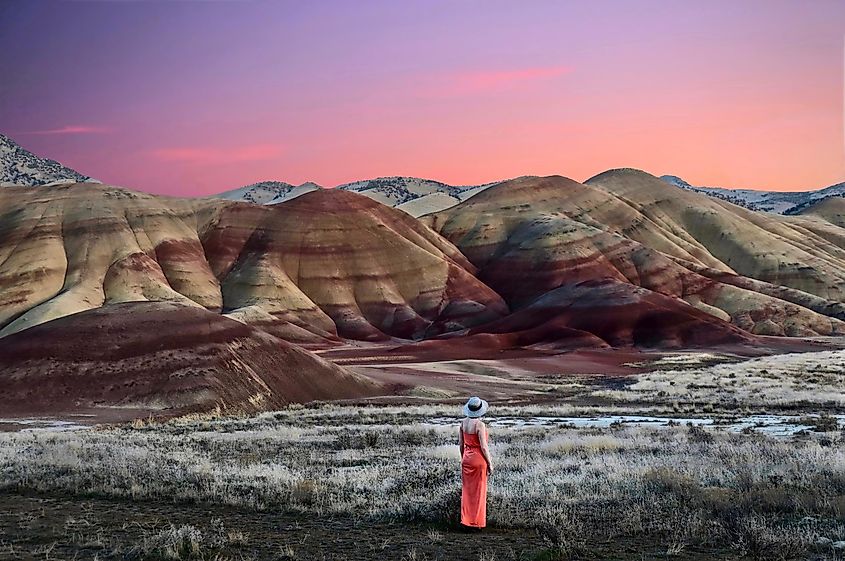
In northeastern Oregon, the John Day Fossil Beds National Monument is a protected area of well-preserved layers of fossilized plants and mammals. Hundreds of thousands of visitors every year travel to the fossil beds to learn about flora and fauna that have responded to a changing landscape rocked by fluctuating climates and volcanos over 50 million years. Today, the landscape has been transformed into a sagebrush steppe environment with rocky outcrops and hillsides that provide the ideal shelter and places to bask in the sun that cold-blooded reptiles like the western rattlesnake love. Rattlers are not uncommon at the monument but will usually crawl away to safety unless threatened. Visitors should stay at a safe distance from the snakes.
The western rattlesnake has a broad, triangular head much wider than its neck, vertical pupils, and a rattle on the end of its tail. Color patterns differ by habitat, ranging from olive to brown to gray. The snakes are an average of 18 to 36 inches long and commonly spotted near their dens, generally in rock crevices exposed to sunshine. Rattlesnakes do not see people as prey and will not bite unless threatened. Visitors to the Beaver State should be mindful of the presence of these reptiles when exploring any of the five most rattlesnake-infested areas in Oregon.









